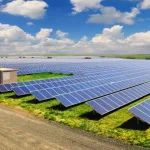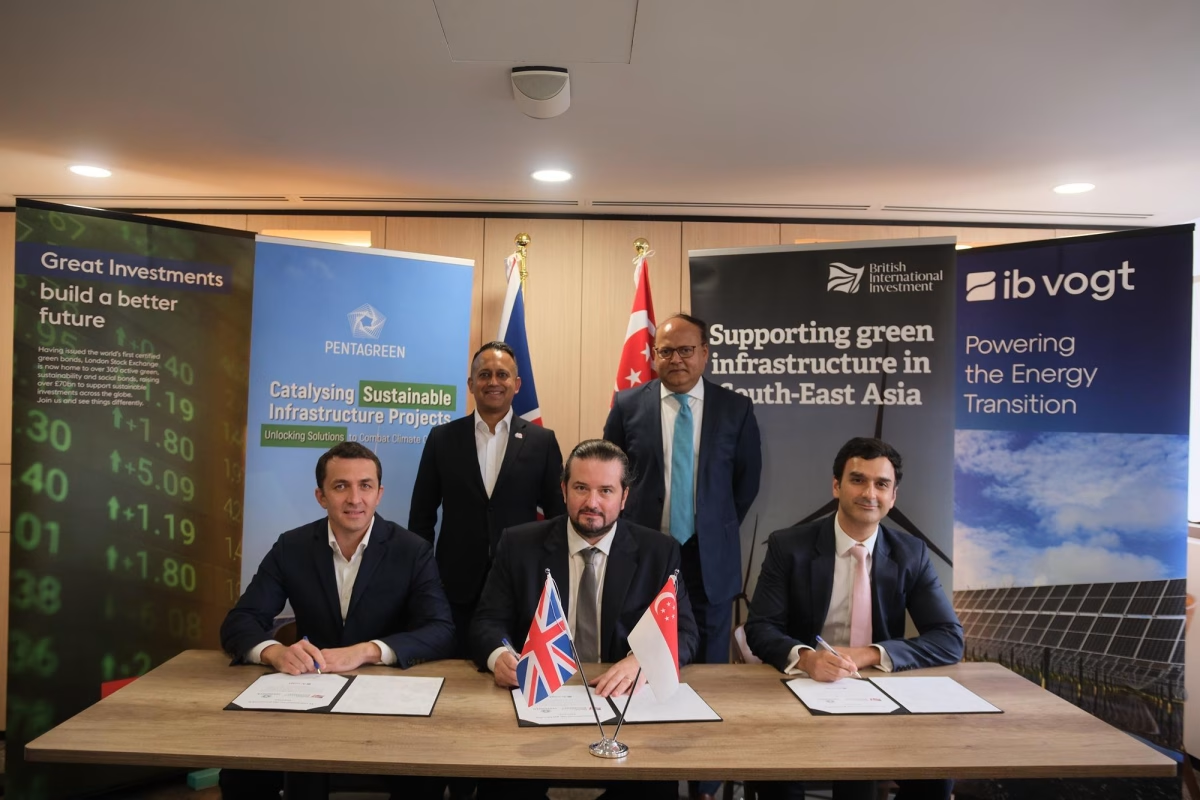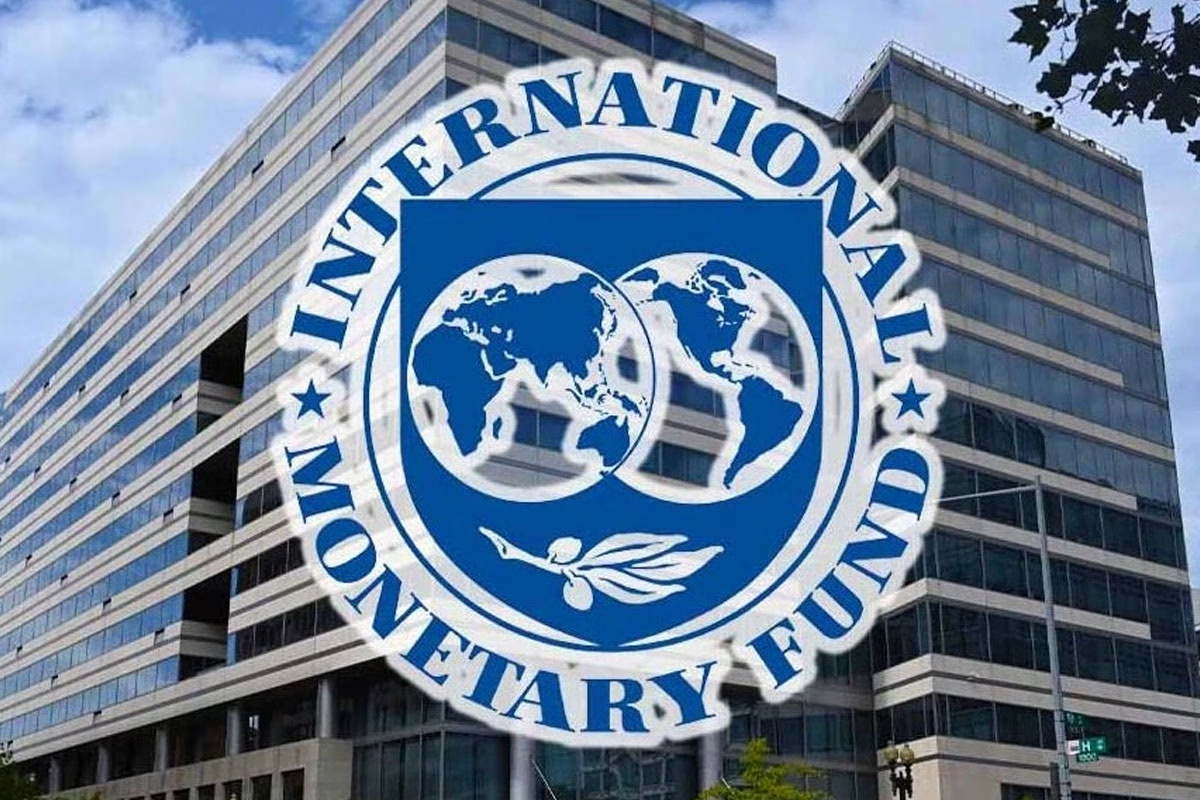
DroneBase Expands to Provide Elite Analytics and Imagery to Solar Asset Owners Globally
June 7, 2024
Solar Power to Benefit Thousands of Public Housing Residents in the U.S. State of Rhode Island
June 7, 2024SOLAR MAG Dec 06, 2022 EST (USA)
Secretary of the Interior Deb Haaland and Principal Deputy Assistant Secretary for Land and Minerals Management Laura Daniel-Davis recently announced Government’s new efforts to support solar energy development on public lands across the West and help meet the country’s ambitious renewable energy and conservation goals. As an agency within the U.S. Department of the Interior, the Bureau of Land Management (BLM) will develop an updated plan to guide responsible solar development activities on public lands through an updated Solar Programmatic Environmental Impact Statement (PEIS) based on the 2012 version. The 2012 Solar PEIS identified Arizona, California, Colorado, Nevada, New Mexico and Utah as the states with high solar potential and low resource conflicts to guide responsible solar development. Now in 2022, the BLM will add more states, adjust exclusion criteria and seek to identify new or expanded areas to prioritize solar deployment.
To fast-track this revolutionary technology, the industry needs to show the true gain of bifacial modules by creating precise tools that measure albedo, justifying the 4-17% power gain advertised for this technology and grab the interest and trust of investors. Solar developers and asset owners who are optimizing their albedo assessment, make significant gains in a competitive ground such as the solar industry. Solargis, the largest solar data and software developer for bankable solar investments, has released a two-part report titled “Albedo for bifacial PV projects” (2021). This report analyzes and explains the lack of understanding and need for improvement in measurement techniques of the albedo resource, outlining the best approach to this practice.
Meanwhile, the BLM is initiating reviews for three proposed solar projects on public lands in Arizona with an estimated total capacity of over 1 GW. They are the proposed 600-MW utility-scale Jove Solar project in southeastern La Paz County, 250-MW Pinyon Solar project in Maricopa County and 300-MW Elisabeth Solar project in Yuma County.
Our review of these proposed projects in Arizona, and a new analysis of the role public lands can play in furthering solar energy production, will help ensure we keep the momentum going to build a clean energy future, lower costs for families and create robust conservation outcomes on the nation’s lands and waters.
—said Secretary Haaland in a statement.




